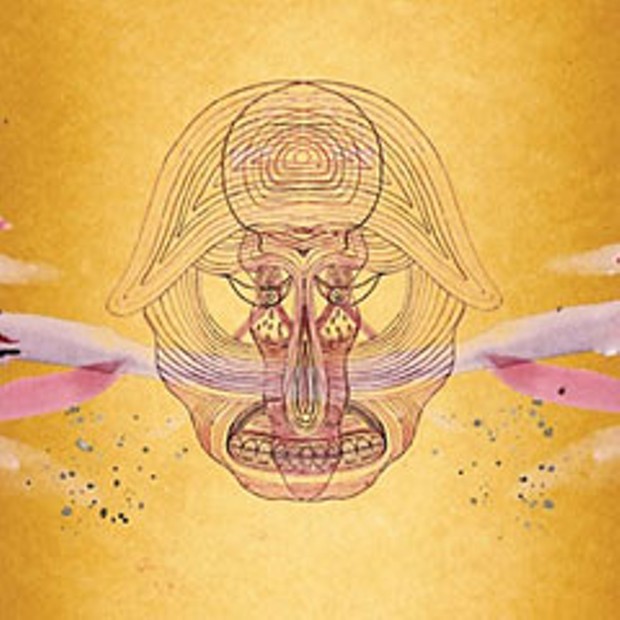[
{
"name": "Top Stories Video Pair",
"insertPoint": "7",
"component": "17087298",
"parentWrapperClass": "fdn-ads-inline-content-block",
"requiredCountToDisplay": "1"
}
]
The 28-year-old singer/songwriter Devendra Banhart has been the figurehead for the wave of “New Weird Americana,” also simply termed, “Freak Folk.” Now, under the banner of a major label, Banhart, whose persona seems to put the “freak” into folk, finds himself in an interesting crossroads.
Banhart had reached an artistic pinnacle with 2004’s Niño Rojo, a unique hybrid of traditional American folk music blended with British '60s folk rock (including a generous dose of early Marc Bolan), played with an unorthodox acoustic guitar style. Though 2005’s Cripple Crow gave his songs a more expansive sheen, it lacked the charm, innocence and eccentricity of his two previous full-length releases (Niño Rojo and the superb Rejoicing in the Hands). Nor, did his direction become clearer with his disappointing, sprawling 2007 release, Smokey Rolls Down Thunder Canyon, recorded in his then-Topanga Canyon/Los Angeles home.
With his sixth full-length recording, What Will We Be, employing his touring band, consisting of drummer/percussionist Greg Rogrove, bassist Luckey Remington, guitarist Rodrigo Armarante and guitarist/producer Noah Georgeson, Banhart has created a more focused, straight-forward offering. Perhaps much of the credit deservedly falls on co-producer Paul Butler, founding member of UK’s Band of Bees, who have created their own hybrid of 60’s-era influences in a contemporary sound. From the brief, cascading piano parts on the opening pop track, “Can’t Help But Smiling” to the Jefferson Airplane-like elements of the ironically-titled “Goin’ Back,” to the funky tribute, “16th & Valencia Roxy Music” (that sounds something like TV on the Radio covering Roxy Music’s “Love is the Drug”), Butler adds subtle flourishes, while maintaining a certain consistency to the record’s whole.
This doesn’t always pan out, however, when Banhart attempts to fold songs within songs. Where the Tropicalia sub-song works in the folk fabric of “Angelika,” it doesn’t quite fit in the pseudo-heavy, Zeppelin-esque “Rats.” In fact, the two songs that are book-ended in “Rats” are better on their own. His attempt at honoring early ska/rock steady music from the Studio 1 period falls short in the record’s closer, “Foolin’,” which sounds a bit too close to the kitsch of Blondie’s “The Tide is High.”
Despite these shortfalls, Banhart produces some amazing high points. The Brazilian-influenced, Spanish-sung “Brindo” is brilliant in its raw simplicity. And the quietly majestic “Meet Me at Lookout Point” blends a '60s SF/ Haight-Ashbury era arrangement with a Brian Wilson melancholy (as in “Surf’s Up”).
What Will We Be is a promising record that hedges Banhart’s more focused direction, without entirely shedding his oddball Freak Folk roots. As the title indicates, the album may be about the question of artistic identity. Hopefully by his next record, Banhart will more firmly find his – one excluding his affection for the occasional kitsch.
more from the author
-
Ai Weiwei: Never Sorry
Directed by Alison Klayman – Sundance Selects
- May 2, 2013
-
Untamed Beast
By Sallie Ford & The Sound Outside - Partisan Records
- Feb 28, 2013
-
Le Havre
Written and directed by Aki Kaursimäki - Criterion/ Match Factory
- Jan 24, 2013
- More »
































